Canning salsa is a classic way for you to store leftover sauce. Since you can have raw salsa, you may wonder if it needs to be cooked before canning. We have researched this and have the answers below!
No, you do not have to cook salsa before canning. However, if you are canning raw salsa, you need to add an acid like lemon juice or vinegar to avoid botulism.
Most canning recipes call for a water bath which involves heating, so you will still end up cooking the salsa either way.
With this in mind, you will want to know how to accurately measure the acidity of your salsa before canning it raw. Read on as we go through how you can do this, and more tips on canning salsa in the following sections.
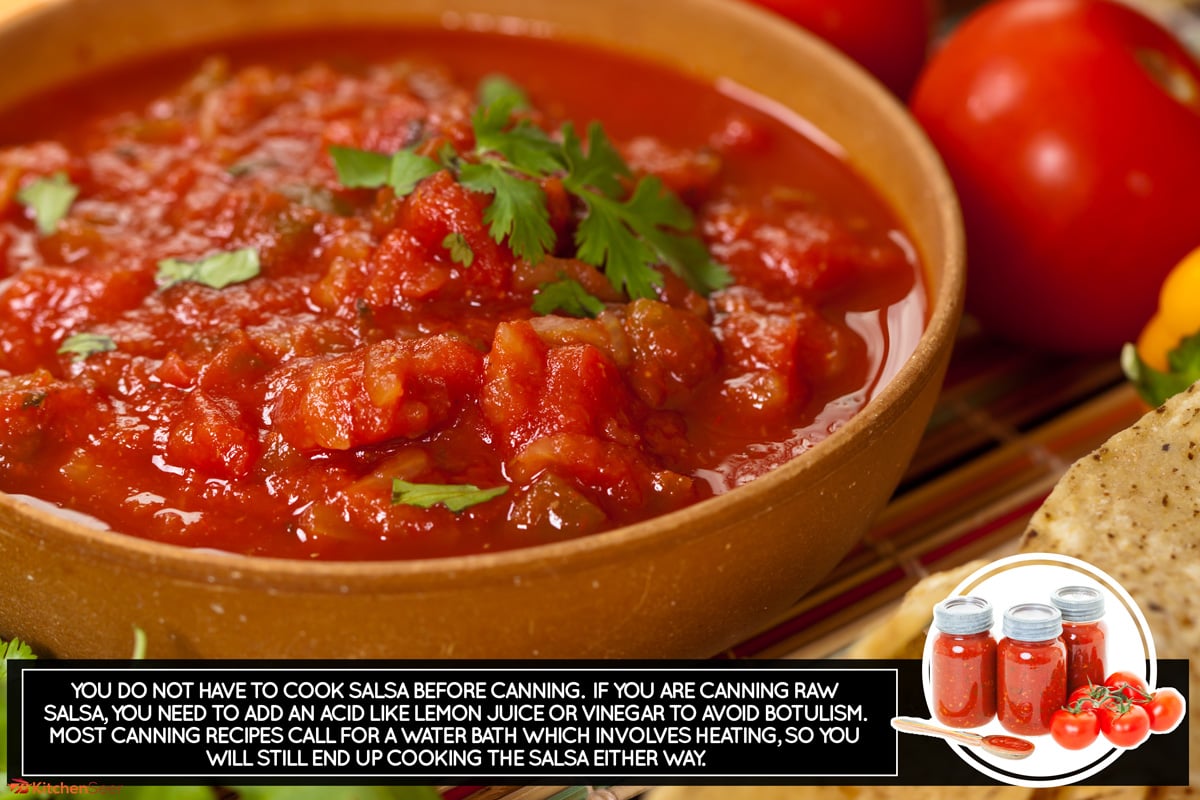
How Do You Preserve Raw Salsa?
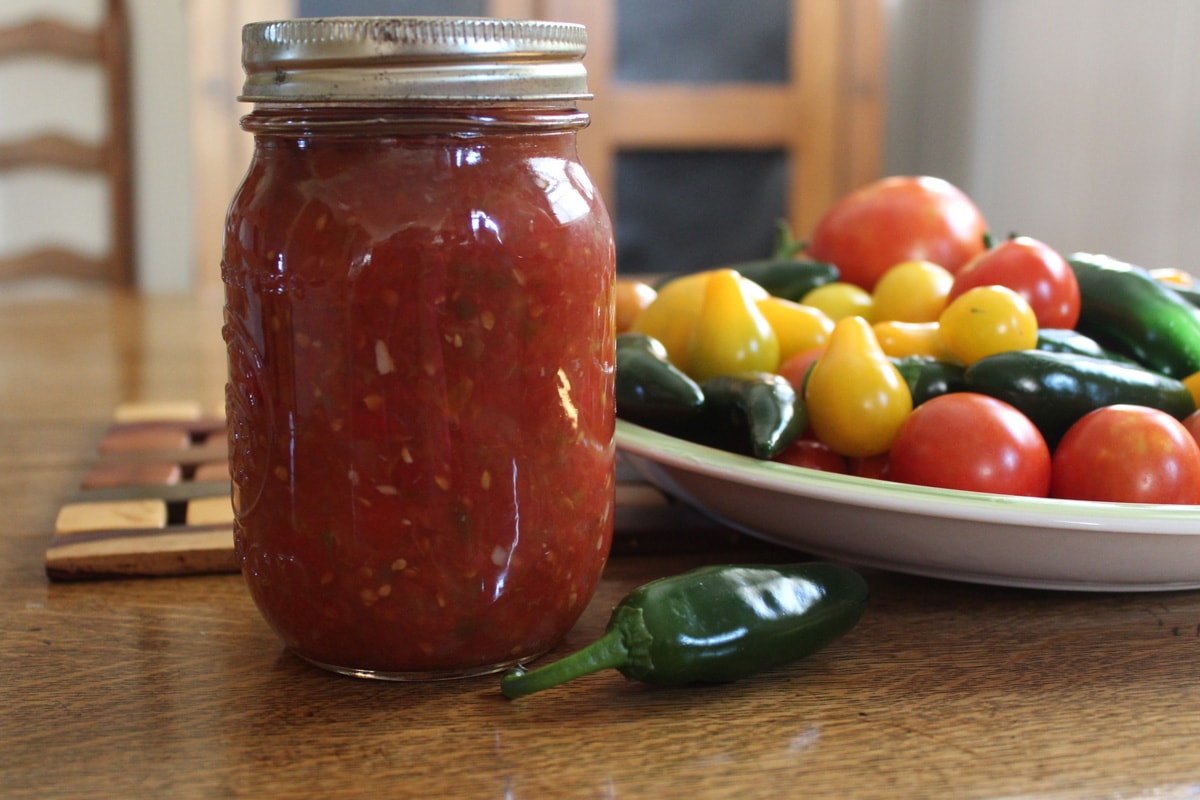
There are a couple of ways that you can preserve raw salsa.
Here, we focus on how to do this through canning. Salsa can be canned raw to preserve its texture, though it requires different procedures to ensure it will be safe to eat next time.
Here are the things you need for canning raw salsa:
- Mason jar/s
- pH 3-6 test strip (litmus paper)
- Large pot (big enough to fit the mason jars)
- Raw salsa
- Sterile work environment
First, you have to sterilize the mason jars with boiling water.
Leave them to dry afterward. You can use this time to prepare your salsa. The amount of vinegar or lemon juice you need to add will vary depending on the recipe. Make sure to follow your salsa recipe instructions accurately.
When you are finished preparing your salsa, check for its acidity using litmus paper. Take a sample of your salsa into a separate container and dip the litmus paper in it for 2 seconds.
Check to see the pH balance. It is safe for canning if it is at 4.5 or lower.
Be extra careful when you can make your salsa. Missing a step in the sterilization and sealing processes can put you at risk of botulism. This deadly toxin can be easily avoided with proper safety measures.
Click here to see Paksh Novelty Mason Jars on Amazon.
Using The Waterbath Method

Carefully pack your salsa into the mason jars. Leave half an inch of space between the salsa and the lid.
Wipe down the jar's rim and lid before closing it tightly. From here, you will have to process the jars in a water bath. This seals the jars to prevent any pathogens from entering.
Submerge the jars in boiling water (just under the lid) for 40 minutes. If you are located at an altitude of more than 1,000 feet, increase your process time by 1 minute per 1,000 feet.
Using The No Waterbath Method
Fresh salsas are not recommended to be canned without a water bath. While you might be able to get away with it when canning cooked salsa, raw salsas do not have the same leverage against pathogens.
The no-water bath method is mainly used for cooked sauces like jams. The two pros to this method are that it saves time and preserves the nutrients you would lose from processing in a water bath.
Though you may be tempted not to give your raw salsa a water bath, doing so places you at a health risk. Do not skip the water bath processing as much as possible.
Is It Better To Can Raw Or Cooked Salsa?
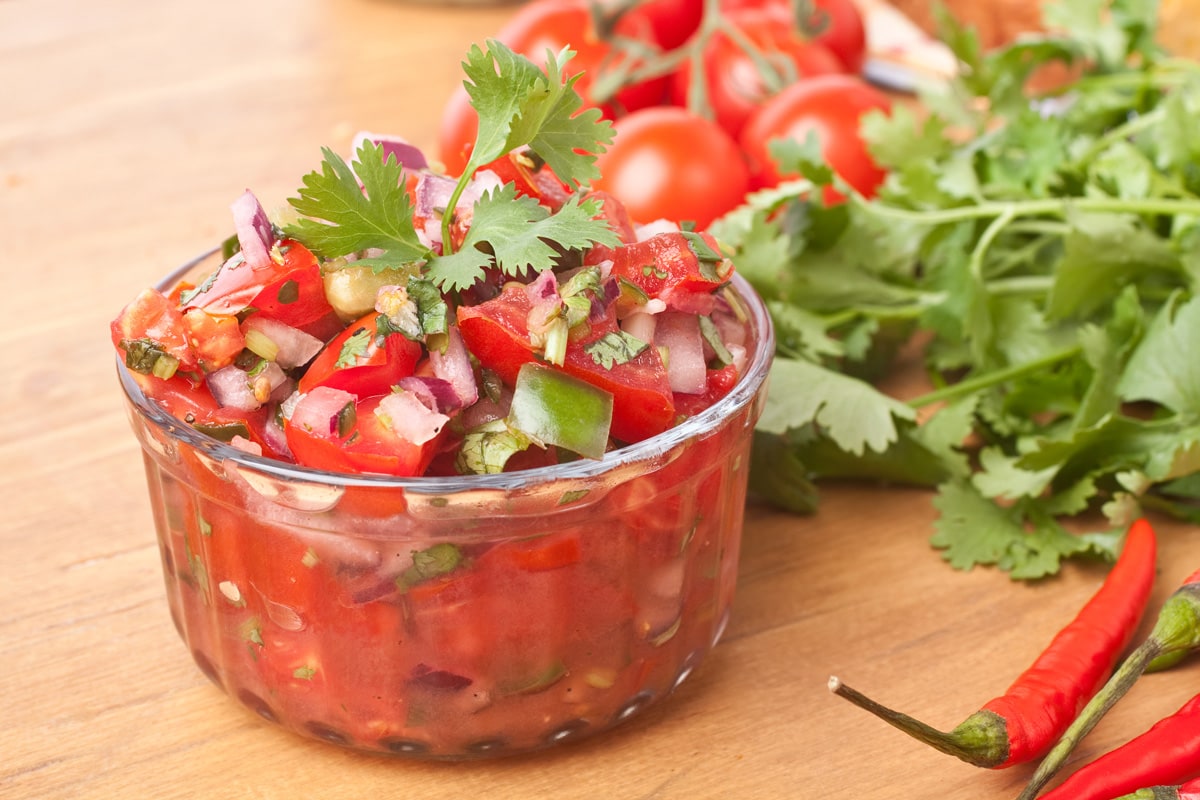
Whichever way you choose to can salsa all comes down to preference. Both have their pros and cons. The difficulty level also varies depending on which canning method you are using.
The biggest pro to canning raw salsa is that you can primarily preserve its texture.
However, it will not always be the same texture the next time you open your salsa, mainly if you process the jar in a water bath. Since raw salsa requires added acids before canning, the end flavor will also differ.
Cooked salsa can either be boiled or roasted. This may be the less risky choice to avoid possible pathogens or botulism. However, cooked salsa does have a softer texture.
Cooked salsa also uses different ingredients. While raw salsa uses fresh tomatoes and fresh green chiles, cooked salsa can use cooked tomatoes and dried red chiles. The flavors are also different.
When canning salsa, there will always be some sacrifice to its flavor, texture, and nutrient content. Salsa is often expected to be consumed fresh. Choose whichever canning method works for you.
Is It Better To Boil Or Roast Salsa?
When cooking salsa, you can select a method based on the flavors you are looking for. Simply boiling your tomatillos leave you with a clean, fresh flavor. Meanwhile, boiling them gives the salsa a smokier taste.
Simmer them for 30 minutes or more when you cook salsa for canning. Let the salsa thicken. Depending on your recipe, you might have to add cornstarch.
However, if you make the salsa right, it should not be too watery. After simmering, proceed to scan your cooked salsa like normal.
How Do I Thicken Salsa Before Canning?
You can thicken your salsa in two ways: the first is to prevent watery salsa in the first place, while the second is to add extra ingredients or use a thickener.
The amount of water content in your salsas is dependent on the tomatoes. If you have watery tomatoes, this can lead to watery salsa. Roasting them can help evaporate the excess liquid.
When choosing your tomatoes, select ones that are firmer, this indicates a lower water content.
Other ways to lessen the water from your tomatoes is by scooping them out or draining them. However, this can be a little more time-consuming.
If you cannot prevent having watery salsa, you can still save it. Try adding more avocadoes or vegetables to the mix.
You can even use tomato paste. If you do not want to add more ingredients, try thickening it with cornstarch dissolved in water. From here, you can create a slurry.
Does Homemade Canned Salsa Get Hotter Over Time?
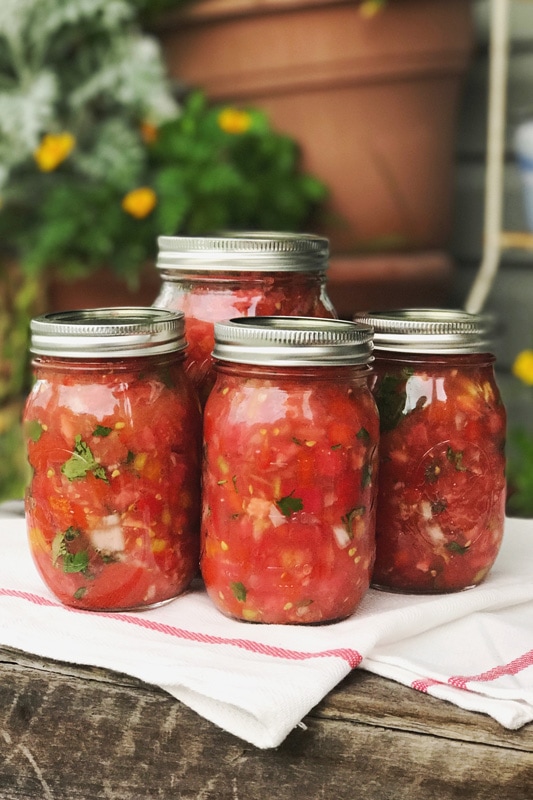
Your homemade canned salsa will get hotter as it cures. The capsaicin molecules from the peppers will break down over time and make it hotter, so you can look forward to salsa that is a little spicier than when you first canned it.
Something that could keep this from happening is if there are any extra sugars and carbohydrates in the salsa. This would be coming from tomatoes or a cornstarch thickener.
This neutralizes capsaicin. You can counter this by adding extra spice once you eat your salsa.
Your salsa can get hotter even without canning it. Leaving it to sit in the fridge overnight gives it time to release more capsaicin.
If you do not want this to happen, then you can opt to eat your salsa while fresh. Another way is to dilute the salsa. You can use milder chiles or add sugar if you are canning it.
Adding acid when canning raw salsa is also a great way to keep it from getting hotter over time.
Is Freezing Salsa Better Than Canning?
Similar to what was discussed on boiling and roasting, there is no objectively better option. For example, you may not have much freezer space, making canning the better choice.
On the flip side, you may prefer freezing over canning if you have more freezer space but not enough pantry space. Freezing is also a quicker option compared to canning.
As discussed with canning, it requires processing through a water bath. It may even need extra ingredients to add more acidity to the mix, not to mention the time you have to sterilize and dry your mason jars.
Freezing has fewer health risks should you keep the salsa in an airtight container in the cold enough freezer. You can keep salsa in the freezer for 2-4 months. This method sacrifices much of the original texture and flavor.
Properly canned salsa lasts for much longer, between 12 to 18 months. This is as long as the container remains sealed the whole time.
If you open your salsa at any point, it will last a few days, maybe longer if kept in the fridge. Canning also preserves much of the original flavor and texture.
To Finish
You do not have to cook salsa before canning. Just make sure to add enough acid to prevent it from going bad. It is fine to put raw salsa in its sterile canning since you will be immediately processing it in a water bath.
Remember that you shouldn't skip the water bath process when canning salsa, even if it was cooked before canning.
Made it to the end? Check out these related articles:
How Long Does Pico De Gallo Last?
Do Tomatoes Last Longer In The Fridge?




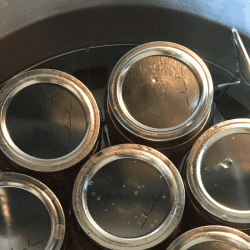
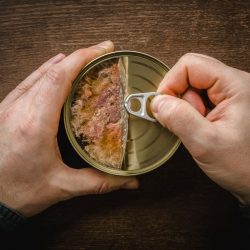
![Oven roasted cherry tomatoes. How Long To Roast Tomatoes [A Look At Various Factors & Considerations]](https://kitchenseer.com/wp-content/uploads/2021/08/Oven-roasted-cherry-tomatoes.-How-Long-To-Roast-Tomatoes-A-Look-At-Various-Factors-Considerations-250x250.png)
